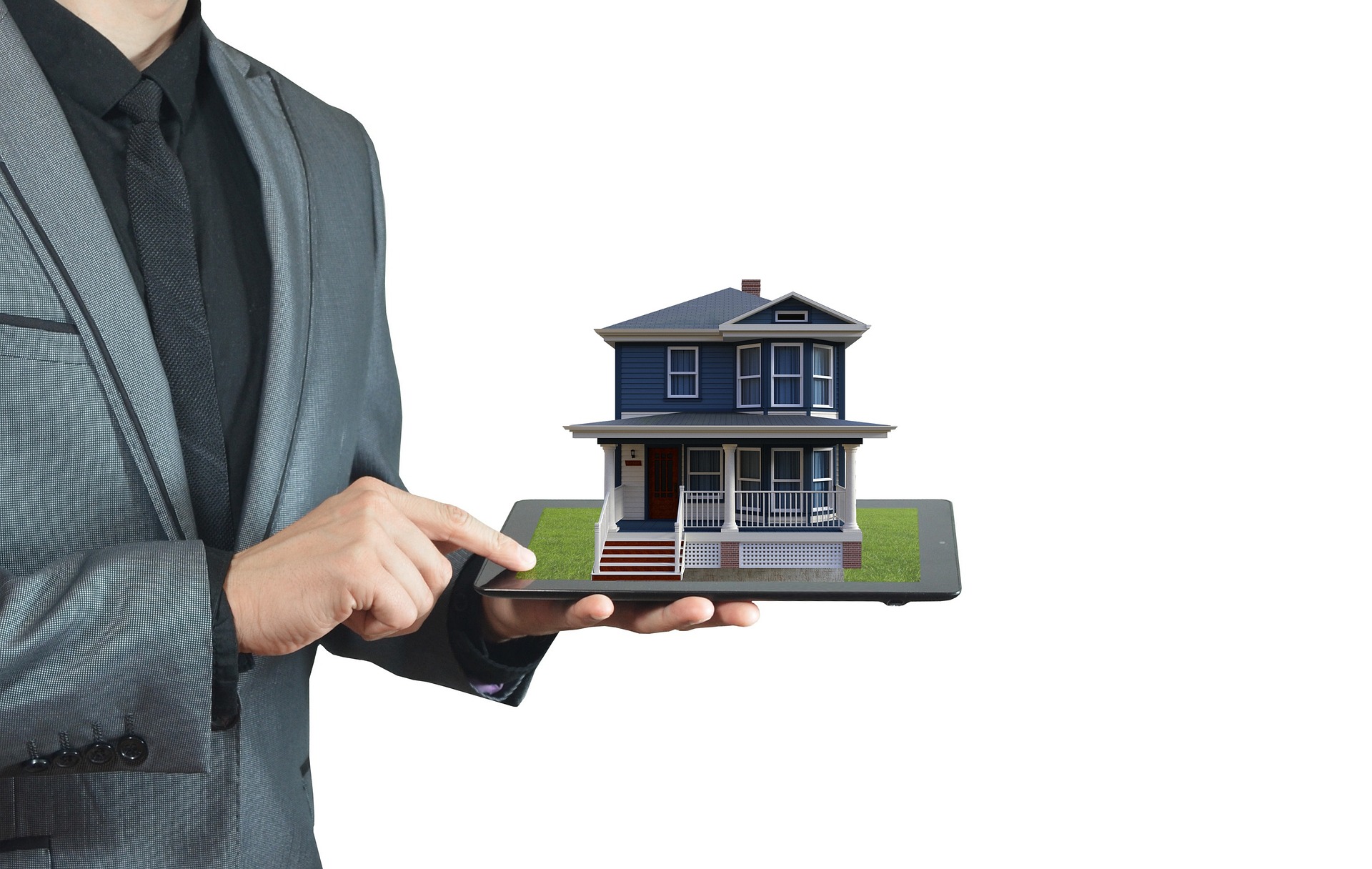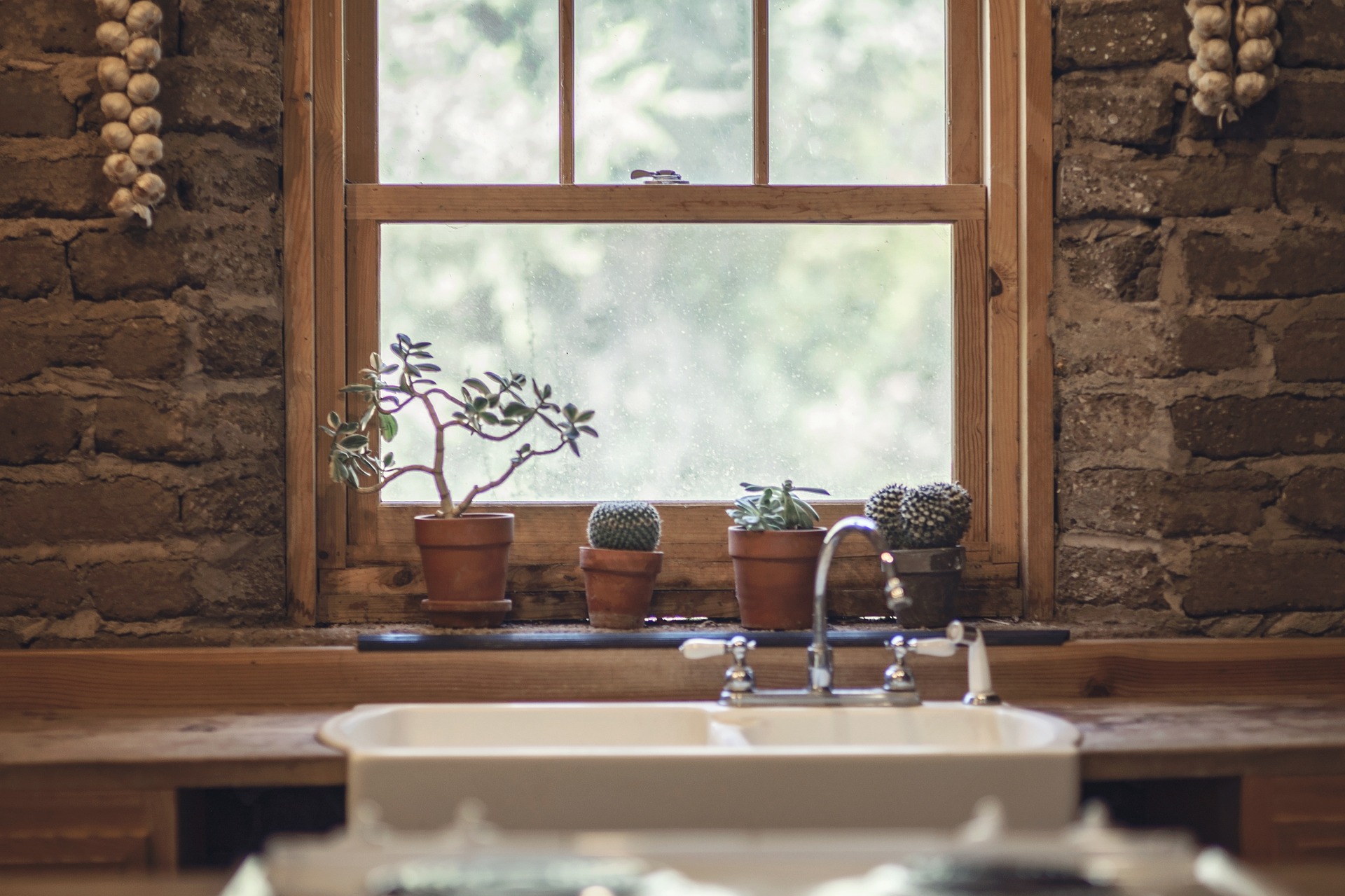How to Stage Your Home for a Quick Sale
Prepare your home for the market with expert staging tips that attract buyers and expedite the selling process.
Effective home staging plays a crucial role in captivating potential buyers and accelerating the sale of your property. In today’s competitive real estate market, first impressions are everything. By strategically enhancing your home’s appeal—both inside and out—you can significantly increase its marketability and ensure a quicker and more profitable transaction. Read below for detailed insights into each key area of home staging.
Creating a Welcoming First Impression
Enhancing curb appeal is essential to drawing in potential buyers right from the moment they arrive. A well-maintained exterior signals that the property is cared for and adds to its overall attractiveness. Start by tidying up the landscaping: trim hedges, mow lawns, and add colorful flowers to flower beds or pots. Additionally, consider giving the front door a fresh coat of paint or polish, and perhaps updating the hardware. A new welcome mat can also add a touch of warmth and cleanliness.
Highlighting Key Features with Interior Design
Once potential buyers step inside, the interior design should highlight the space and functionality of each room. Begin by decluttering—remove personal items and excess furniture to create an open and spacious feel that allows buyers to envision themselves living there. Pay attention to lighting; maximize natural light by opening curtains or blinds, and supplement with strategically placed lamps or fixtures to create a warm and inviting ambiance.
Using Neutral Colors and Decor
Appealing to a broad audience is key when staging a home for sale. Neutral tones are universally appealing as they create a blank canvas that allows buyers to imagine their own style and furnishings in the space. Consider painting walls in soft, neutral shades such as light grays or warm beiges. Incorporate pops of color sparingly through accessories like pillows, rugs, and artwork to add visual interest and warmth without overwhelming the space.
Emphasizing Lifestyle Areas
Buyers often prioritize functional living spaces when viewing homes. Arrange furniture to define distinct areas for relaxation, dining, and socializing. In the living room, arrange seating to facilitate conversation and ensure there is a clear traffic flow. In dining areas, set the table with simple place settings to evoke the feeling of family gatherings or entertaining guests, highlighting the potential for memorable moments in the home.
Useful Tips and Facts
- Professional staging can potentially increase a home’s sale price by up to 10%, making it a worthwhile investment.
- Virtual staging has emerged as a cost-effective alternative to physical staging, using digital technology to digitally furnish and decorate rooms in listing photos.
- Consult with a reputable real estate agent who understands local market trends and can provide tailored staging advice based on the specific characteristics of your property and potential buyer demographics.
Conclusion
In conclusion, effective home staging is a powerful tool for attracting buyers and ensuring a swift sale at an optimal price. By focusing on enhancing curb appeal, showcasing the home’s key features through thoughtful interior design, using neutral colors and decor to appeal to a broad audience, and emphasizing functional lifestyle areas, sellers can significantly increase their home’s marketability. Whether opting for professional staging services or utilizing virtual staging tools, investing in presenting your home in its best possible light is a strategic decision that can yield substantial returns in the competitive real estate market.





